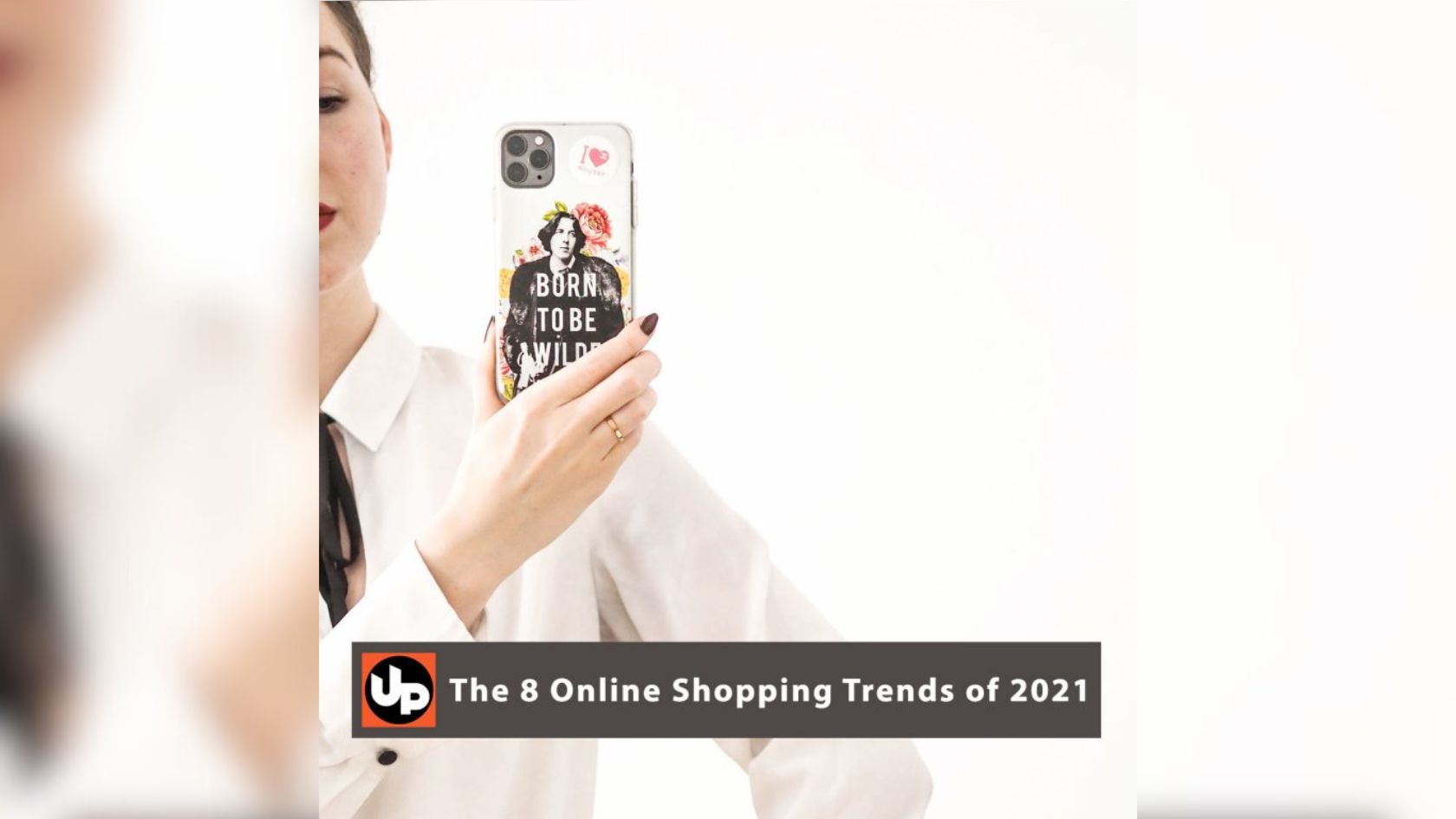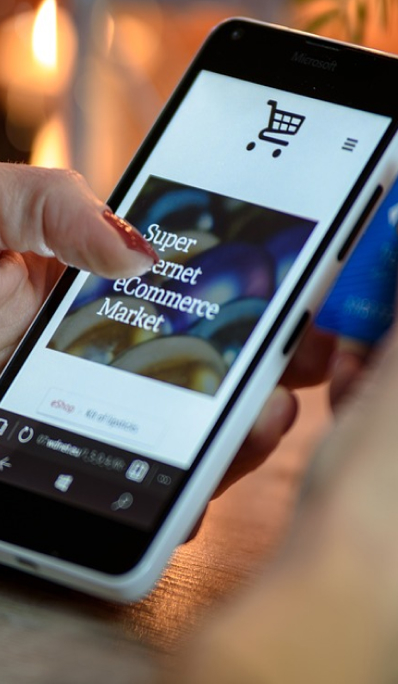How has 2020 changed the retail market? There is one thing we cannot deny is that 2020 has defined new business structures and new roadmaps to success, this goes for both off-line and online retails businesses.
The first part of this year we noted that our ecommerce development business simply stopped, as clients backed down on their ecommerce developments; however, this time allowed businesses to start thinking about their future and how they need to scale their online presence to survive the closure of their shops. They needed to put more time and effort into their online offerings.
As we come to the close of 2020, we can see that 2021 will still have its uphill struggles and sadly many more businesses will close, and for those lucky few who have pushed their online presence will now need to start thinking about the changes they will need to make to stay competitive. You have some big competitors out there, so those SMEs have to think out of the box and push their businesses to the front.
From discussions with our clients, we have noted a few conversational trends that are starting to appear within our industry.
Private Labelling
Within the past few years of e-commerce: “Direct to Consumer” otherwise known as D2C commerce has recently gone viral, and become relatively popular. The D2C method has given brands direct access to customers and profits. It has also given customers direct access to brands and lower prices to products. Despite the success of D2C, the trend is shifting elsewhere in recent times. If you associate D2C with cheaper products, affordable mattresses and trending makeup then you will need to prepare for a change. The trend of having premium private label brand sales is increasing. It is creating a new vertical in the D2C sector, customers are now looking into luxury private label brands – for superior products and better shopping experiences; a private label can give a specific brand more trust and identity.
Offline e-commerce
The next trend to be looked at is offline e-commerce this is quite an interesting trend as not many people nowadays will believe this to be possible even in modern times currently we can know that e-commerce is booming and rapidly catching up with traditional retail sales getting more popular for online shopping and depleting the high street despite this in high street shopping there has been a growing trend for taking ecommerce stores offline in to other formats these new formats have included pop-ups shops and interactive e-commerce kiosks that are all bringing our favourite online retailers onto the high street it is said that Amazon is getting in on the action with its chain of physical convenience stores in 2021 and beyond when people are going out more we will see an increase in e-commerce brands on the high street occupying pop-up and multi-channel shops that bring the internet to real life it is unknown how long this trend will last but it may get people to go out shopping again if these new shopping formats are interesting enough
Re-commerce / Second-hand Commerce
The third trend that is predicted to do well is re-commerce, also known as second-hand commerce. This is looking to get a revival within the next few years and according to our recent research – there is a prediction that the second-hand market is set to rise, even doubling within the next five years. This may sound like a similar concept to companies such as eBay, Craigslist and Gumtree; however, this is a different concept that needs to be looked at, since consumers are becoming increasingly motivated by sustainability rather than price. Second-hand sales of luxury items will shake up the ecommerce industry to a new level, this opens an interesting opportunity for brands to start their own re-commerce marketplace platform, turning second-hand shopping into a quality shopping experience.
Shoppable TV
The fourth trend to look at is something known as Shoppable TV. Especially this year, more and more people are watching the likes of Netflix and whilst snuggled up on the sofa eating your popcorn, wondering how you can get your hands on that fabulous outfit that that actor is wearing, wouldn’t it be great if you can just click a button on your remote to save that item, allowing for you to purchase after watching that program. This may sound like a concept from the future, but NBC started showing Shoppable TV ads back in 2019. These Shoppable programs were connected to a mobile phone application, enabling viewers to purchase what is being shown on their TV. This is truly a unique experience, which will benefit both shoppers and retailers and will become increasingly more popular.
AI Customer Sourcing
The fifth trend to be looked at is AI Customer Sourcing. This futuristic artificial intelligence is already used within the e-commerce market, making product recommendations, helping customers see products they could be interested in; a good upselling process. AI is also growing in assisting customers with queries. In 2021 AI will become part of your marketing plan, as the AI algorithms will collate buyer sales and behavioural pattern data, whilst validating and analyse current trends against your products. With this customer information, the AI will be able to identify the best channels, time and pricing structure for your products, which will save hours of work on examining present data structures, this will also boost sales in a shorter amount of time.
P2P and Rentals
The sixth trend is about P2P and Rentals. There is no doubt that the ecommerce industry is currently dealing with a significant returns problem. This is where the likes of Instagram storytellers are purchasing items specifically for their latest posts and making sure they return their purchases within the returns window, this satisfies their need for fast fashion, whereas, the more honest consumers are returning items out of mindful consumerism. This means that the rental solution could become an industry offering, especially since the growth of P2P (Peer-to-Peer) platforms. Many retailers are looking to expand into rental-commerce in 2021 and beyond. They will do this by offering the opportunity to rent clothing, furniture or electronics. This will also increase audience reach, whilst reducing returns. This opportunity can be pushed into the subscription option as well.
Advanced Customisation
The seventh trend to be looked at is Advanced Customisation of products, which you have been noticing happening across various online web stores, the first that got rave reviews was the Adidas Samba MiAdidas range, where you could create your own style. Even though this isn’t really a new trend as such, we are noticing more clients requesting Made-2-Measure tools, which include customisation as well, from choosing fabric, linings, and so on at a reasonable cost. This is due to the cost of manufacturing and fulfillment process journey that has improved over the years. It’s only a matter of time that customisation will become the norm for most – if not all ecommerce websites.
Smart Home
The eighth trend is the Smart Home market, where the likes of Alexa and Google Home have been implemented within the home, assisting with turning on the lights, stating the weather forecast, and playing music on demand. Both have the capabilities of ecommerce ordering and 20% of smart speaker owners are using them for purchasing activities, such as, ordering products, creating shopping lists, tracking deliveries. This market will only rise over the next few years. This is where voice search across your online store or business will be key in growing your market share of online sales.
How will you benefit as a business? If this year has said anything – it is to always prepare for the unexpected and unknown events.
If you think that these ecommerce trends will take off in 2021, then gaining a deeper understanding on how to implement these strategies will be extremely important and something that Upment can help you with.









